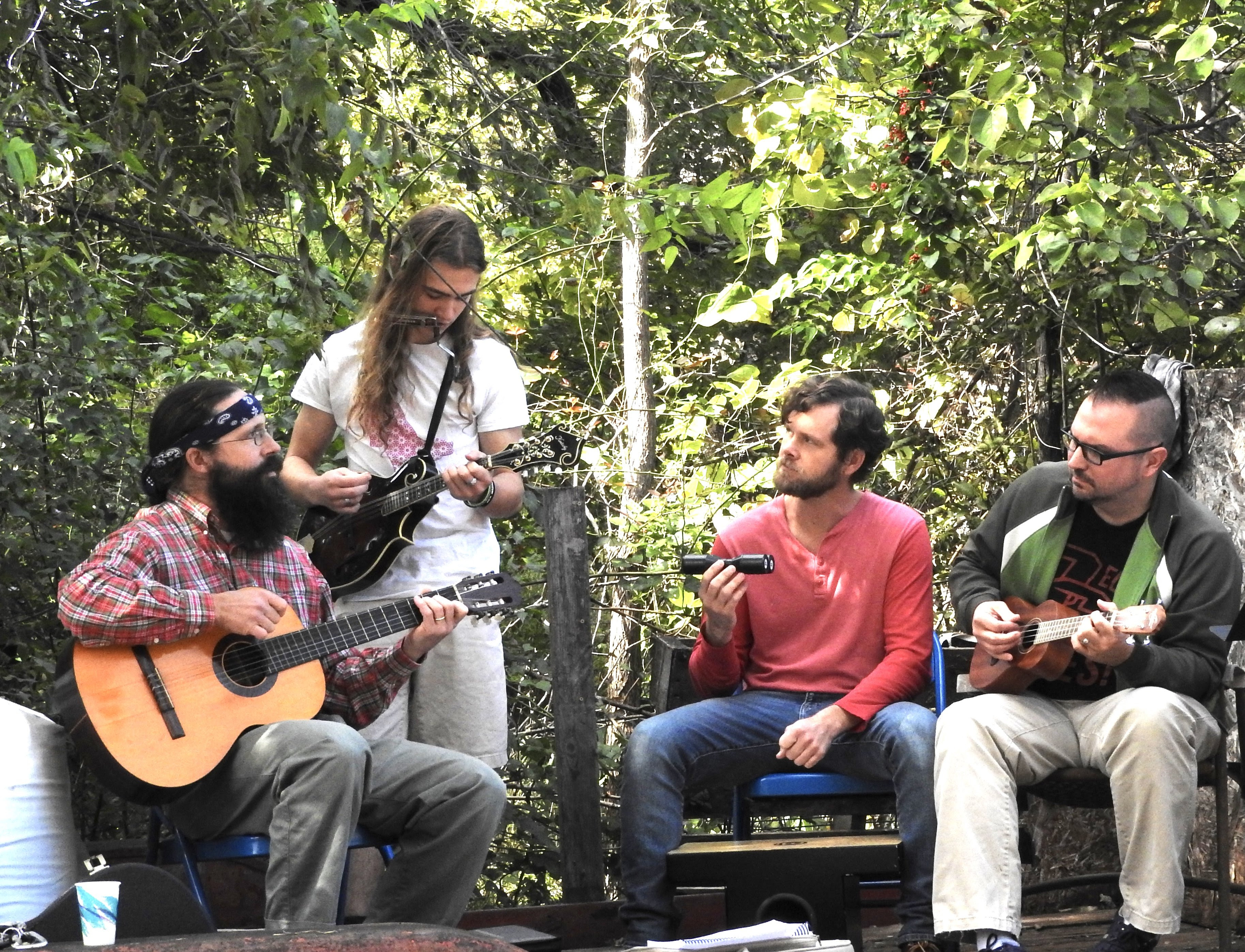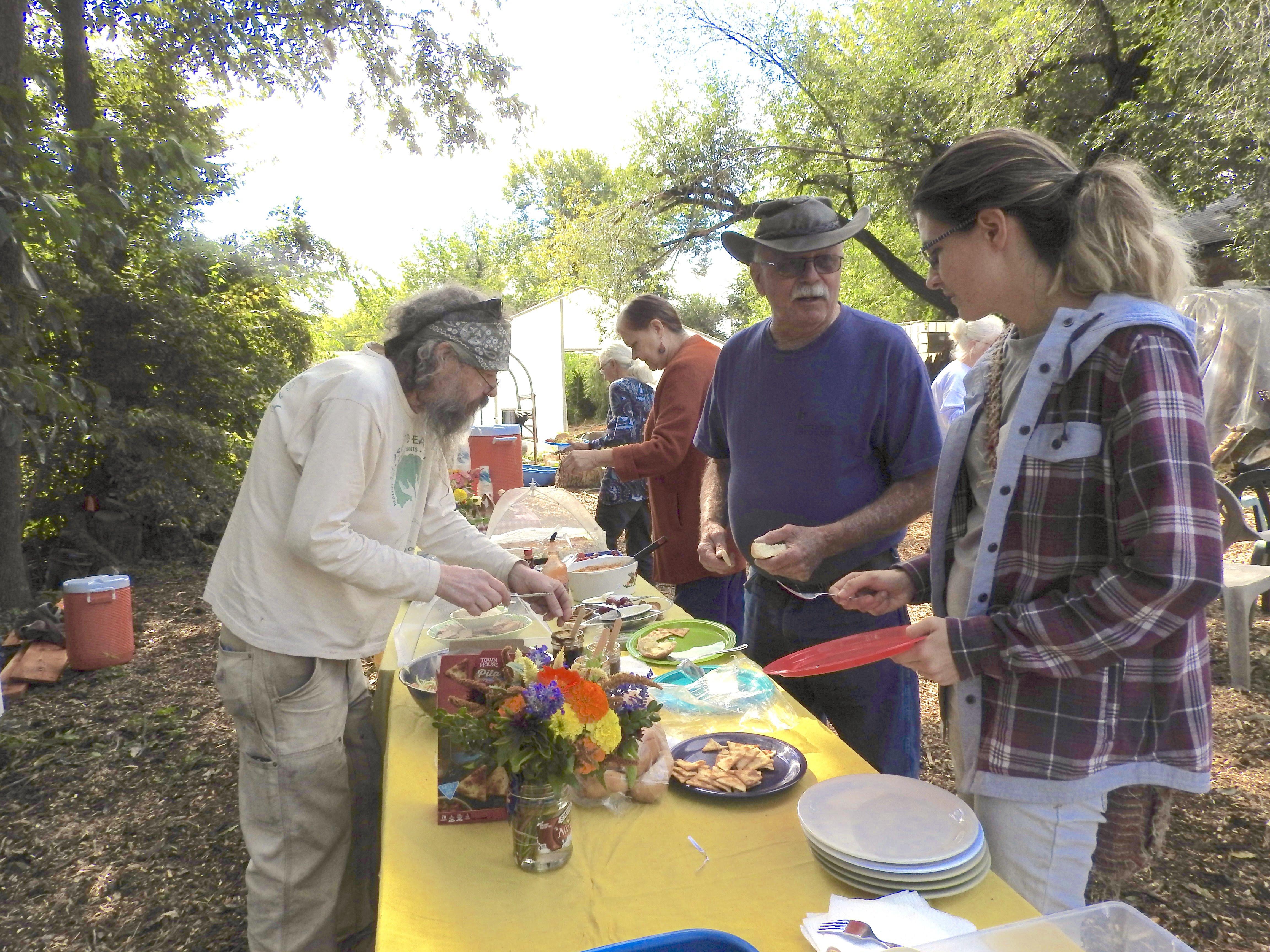Garden School The Great Pumpkin Smash!

Saturday, Nov. 3
9 am to noon
1016 NW 32nd St.
Additional activities & door prizes starting at 11 am
Co-sponsored by Fertile Ground What to do with all those pumpkins, once Halloween is over and the grins on those jack-o-lanterns start to droop? Bring them and the kids to CommonWealth, where we’ll make a big compost pile and everybody can toss and smash pumpkins to their hearts delight. Messy fun for the whole family! You can bring your leftover hay bales, too, and we’ll add them to the mix. Starting at 11 am, we’ll also demonstrate what goes into a successful compost pile, and have some friendly, squirmy red wriggler worms for kids to touch and hold. But wait, there’s more! All those fall leaves you’ve carefully bagged up? Don’t throw them into the trash! Learn about the many benefits of using them for compost, for mulch and as habitat for beneficial insects. We’ll show you how to look under magnification to glimpse the unseen world of tiny bugs and beetles that transform leaves into rich, fertile soil. This family-friendly event is free for kids and adults! Bring your pumpkins to smash from 9:00 to 12:00 – programs and raffle will be from 11:00 to 12:00. The Last Garden School for 2018:
Dried Flower Wreaths Saturday, Nov. 17
11 am to noon
3310 N. Olie Learn to create beautiful wreaths from dried flowers and greens. Edith has an uncommon talent for combining dried flowers and foliage with visually intricate and elegant results. Plus, they smell great! Using plants grown at CommonWealth, Edith will walk participants through the steps of making a wreath of their own to enjoy for months to come.
Instructor: Edith Seimens is a retired horticulturist who has turned her yard into a wonderland for butterflies, other pollinators, and the people who love them. $10 per workshop, $15 per couple/pair; free to volunteers.
Additional $5 materials fee per person for this workshop. What a lovely, down-home Day:
Pics of our 2018 Harvest Celebration!    
|